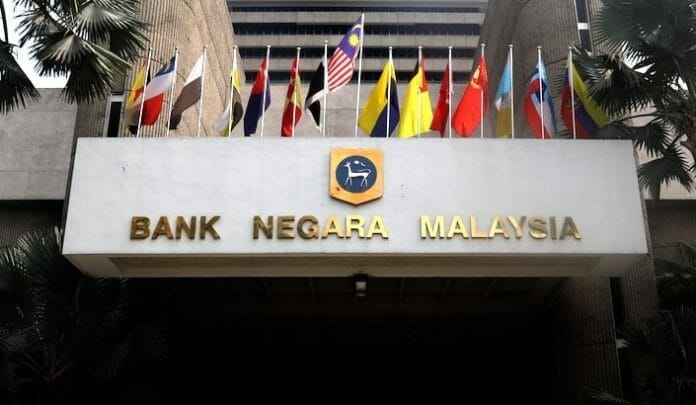- Bank Negara updated on the country’s December monetary and financial developments for December 2021, top of the list is that headline inflation moderated to 3.2% in December, November was at 3.3% due mainly to lower transport inflation which December was 9.5% compared to November at 12.7%, this was partly offset by higher food and non-alcoholic beverages inflation of which was 3.2% in December compared to November’s 2.7%.
- Underlying inflation, as measured by core inflation, increased to 1.1% (November: 0.9%), driven mainly by some food and maintenance goods and services. For 2021 as a whole, average headline inflation was 2.5% (2020: -1.2%), while core inflation averaged at 0.7% (2020: 1.1%).
Strong export growth in December
- Exports grew by 29.2%, reflecting continued strength across Malaysia’s export products. Moving forward, BNM added Malaysia’s export performance will continue to benefit from external demand and the global technology upcycle, in addition high commodity prices will provide further impetus to export growth. Nonetheless, it states that trade outlook remains contingent on the path of the pandemic and global supply chain disruptions.
Higher net financing growth as economic activity picked up
- As for Net financing, growth increased to 4.8% (November: 4.5%), reflecting higher growth in both outstanding loans (December: 4.5%; November: 4.3%) and outstanding corporate bonds (December: 5.5%; November: 4.9%).
- Household loan growth continued to increase to 4.3% (November: 4.1%), amid higher loan disbursements across most loan purposes. For businesses, outstanding loan growth (December: 5.0%; November: 4.8%) continued to be supported by high growth in working capital loans (December: 7.4%; November: 8.0%; 2017-19 average: 4.3%).
Domestic financial markets were supported by the positive growth outlook
- Domestic financial market conditions were stable in December, with non-resident (NR) inflows into the bond market offsetting outflows from the equity market. Despite NR inflows, MGS yields increased, alongside sovereign yields in other countries. This reflected higher US Treasury yields due to the faster pace of US monetary policy normalisation. Notwithstanding the spillovers, domestic financial intermediation remained uninterrupted.
- The ringgit appreciated and the KLCI rose amid favourable domestic factors, including improvements in economic activity, continued progress in COVID-19 booster vaccinations and higher global energy prices.
Sufficient liquidity in the banking system to support intermediation
- Bank Negara reports that the banking system funding and liquidity positions remain supportive of intermediation activity amid steady deposit growth. The banking system liquidity coverage ratio (LCR) improved (December-21: 3%; November-21: 144.7%) following the dissipation of temporary effects from the expiry of income tax exemption on corporate investments in Money Market Funds in November. The loan-to-fund ratio remained broadly stable at 82.3.
Banks’ asset quality remained sound and continued to improve
- The extension of repayment assistance measures has provided much-needed temporary relief to affected borrowers. Overall gross and net impaired loans ratios stood lower at 1.4% and 0.9%, respectively, driven by resumption of loan repayments amid the gradual reopening of the economy.
Banks continue to set aside provisioning buffers with total provisions accounting for 1.9% of total banking system loans.









